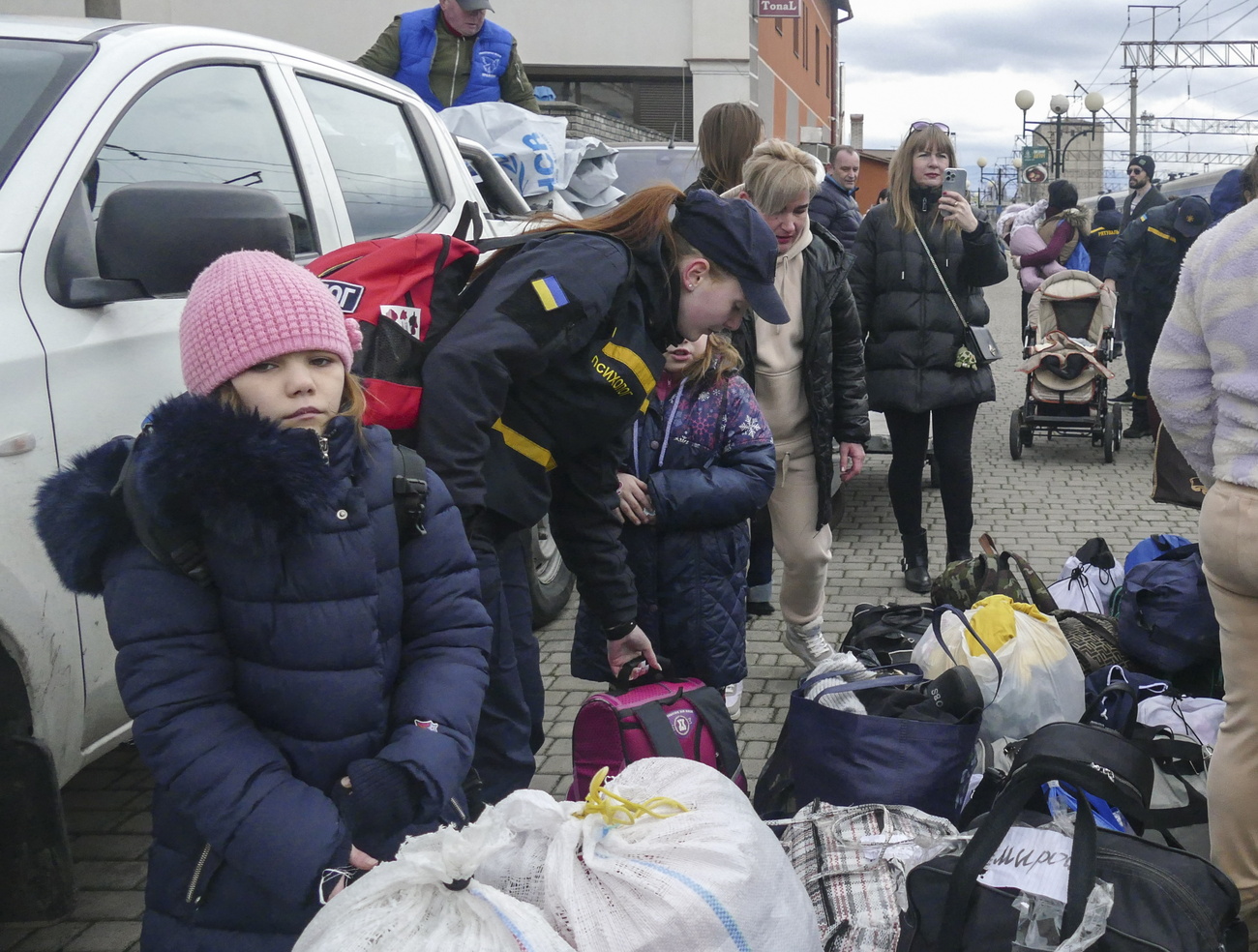
All hail the new ‘schwingen’ king
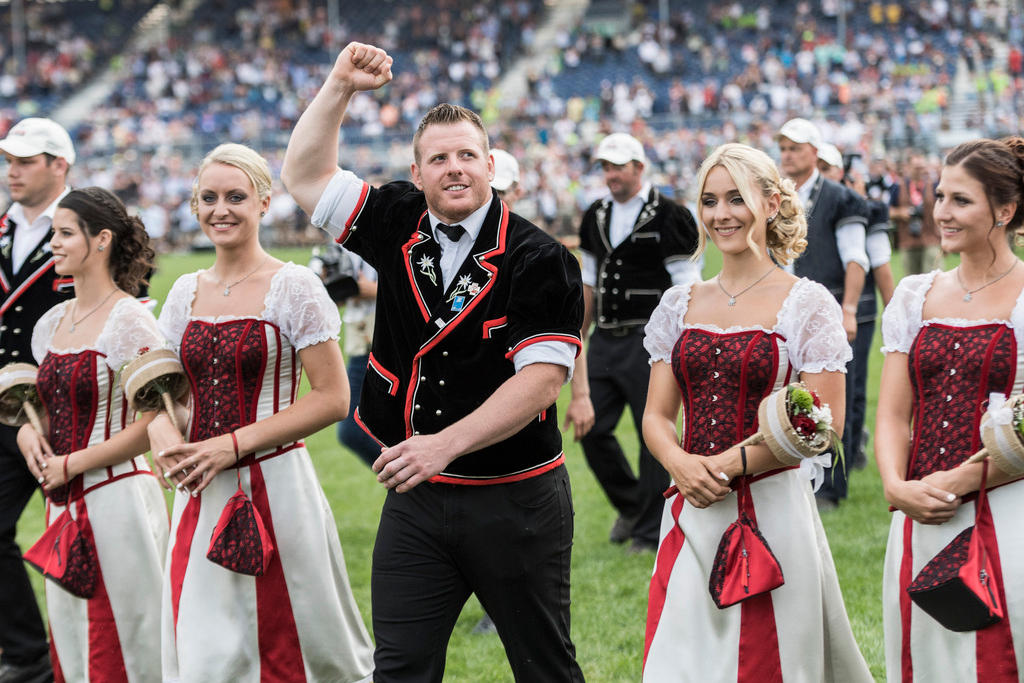
There’s a new king of Switzerland, and his name is Matthias Glarner. But this was hardly a coronation.
As the ads say, a Swiss king isn’t crowned – he has to fight for it. And so it was that the 30-year-old GlarnerExternal link, a 114-kilogram (251 pounds) bear of a man from the community of Heimberg, near Lake Thun, won the championship title in Swiss wrestling, the national sport known as “schwingen”.
Over three sun-soaked days of competitions, Glarner became the successor to Matthias Sempach, winner of the last championship in 2013. The Federal Wrestling and Alpine Games Festival, or ‘Schwingfest’External link, was first organised in 1895 and is held only once every three years.
In recent years, Swiss wrestling has become hugely popular, a gigantic sporting spectacle that has risen in parallel to the nostalgia-fueled politics of Swiss populism and nationalism, reflective of broader sentiments in Europe and abroad.
In a sawdust ring, fighters try to throw opponents onto their backs using each other’s shorts. It’s an eclectic sport largely unknown outside Switzerland.
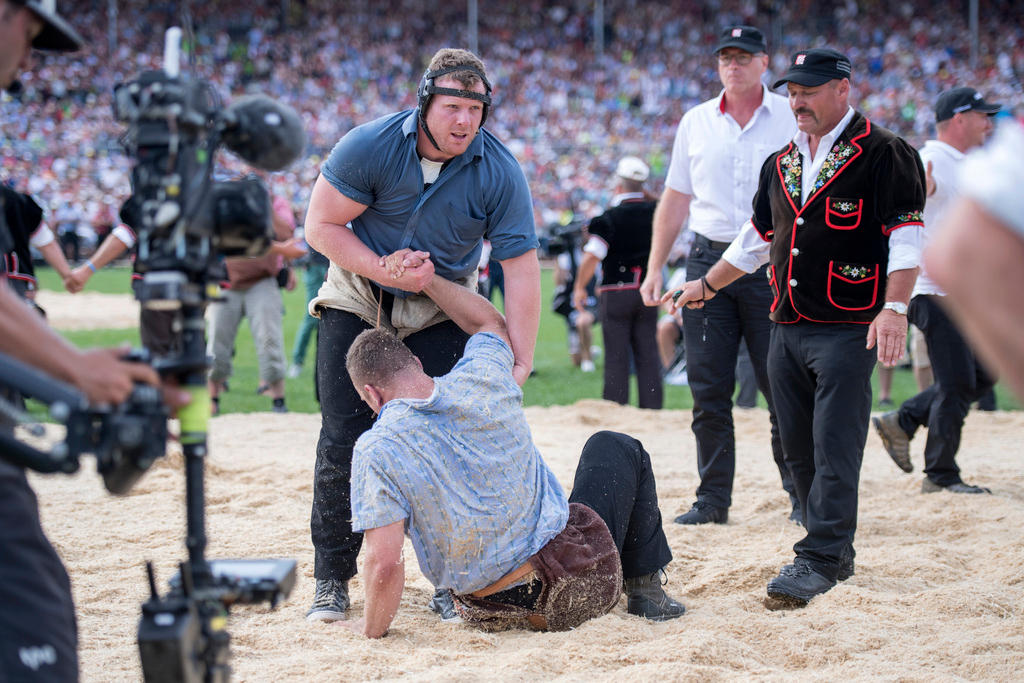
Winners receive prizes worth hundreds of thousands of francs. The king also receives a grand prize – a bull. It’s a symbolic gesture; after the ceremony, the bull is returned to its field and the king gets more cash instead.
This year’s event attracted around a quarter of a million spectators over the course of three days and was shown live on Swiss German television.
But canton Fribourg’s Estavayer-le-LacExternal link was chosen to host the competition this year, in keeping with a tradition to hold the festival in a French-speaking region of Switzerland every 15 years.
The festival actually took place on the grounds of the military air base in Payerne, around 7km from Estavayer, in canton Vaud. The city of Fribourg held an opening ceremony on Friday in place of the traditional folklore parade.
The games were a huge undertaking, with a budget of CHF25 million and 4,000 volunteers along with the support of the Swiss army. The stadium used for the festival, the biggest temporary stadium in the country, has a capacity of 52,016 spectators. In May, the 4,016 available public tickets for the arena where the wrestling competitions took place were sold in less than two hours.
Two other traditional Swiss sports were also on the agenda. One was stone-throwing, and the other was the team sport of ‘hornussen’, in which a player from one of the teams slices a tiny puck through the air, which has to be stopped by men wielding by what look like large shovels or bats.

In compliance with the JTI standards
More: SWI swissinfo.ch certified by the Journalism Trust Initiative






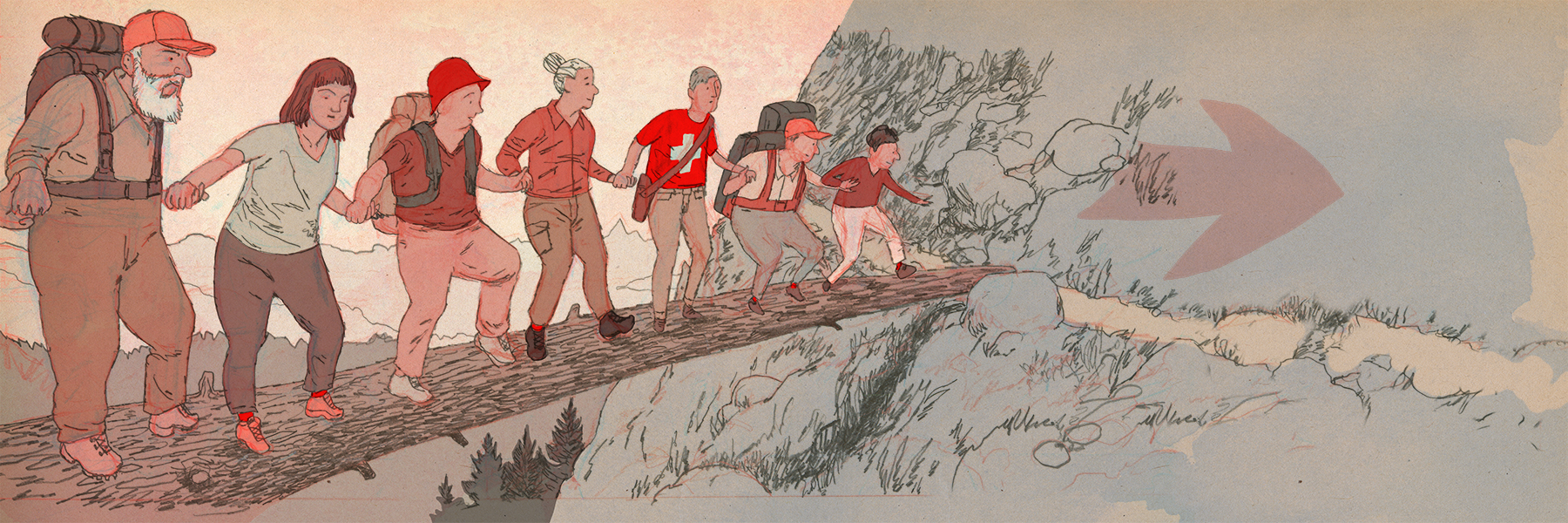






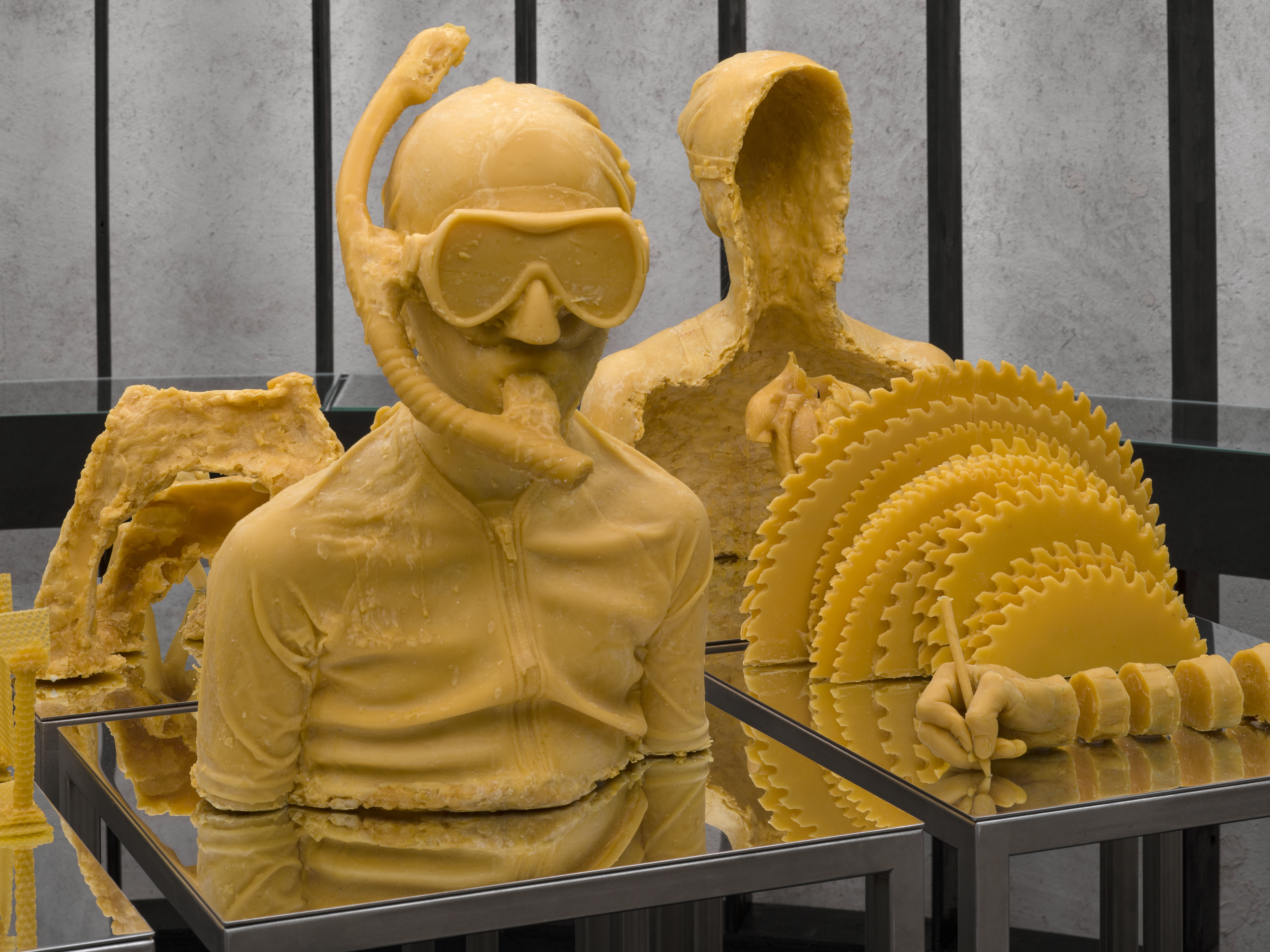
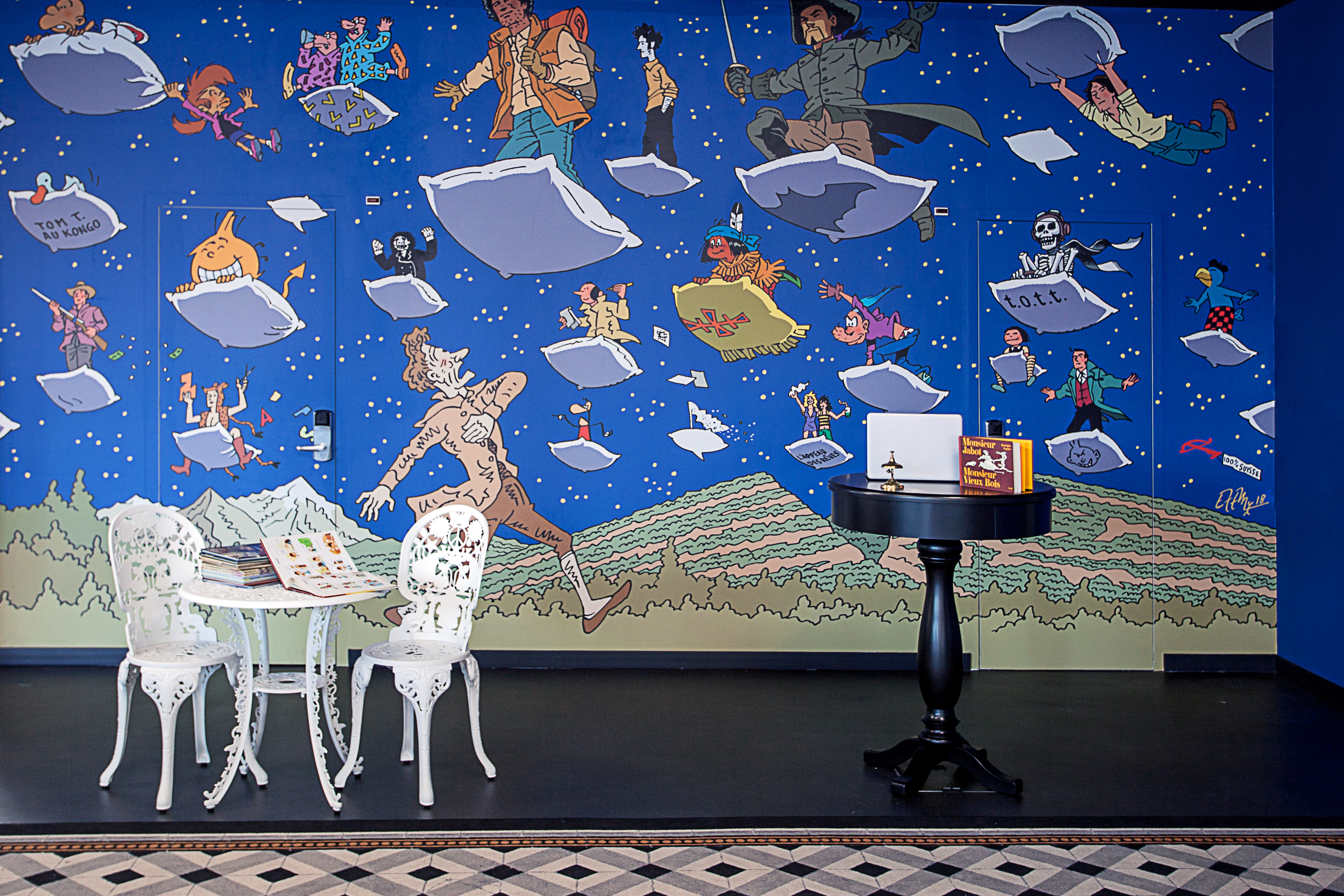












You can find an overview of ongoing debates with our journalists here . Please join us!
If you want to start a conversation about a topic raised in this article or want to report factual errors, email us at english@swissinfo.ch.